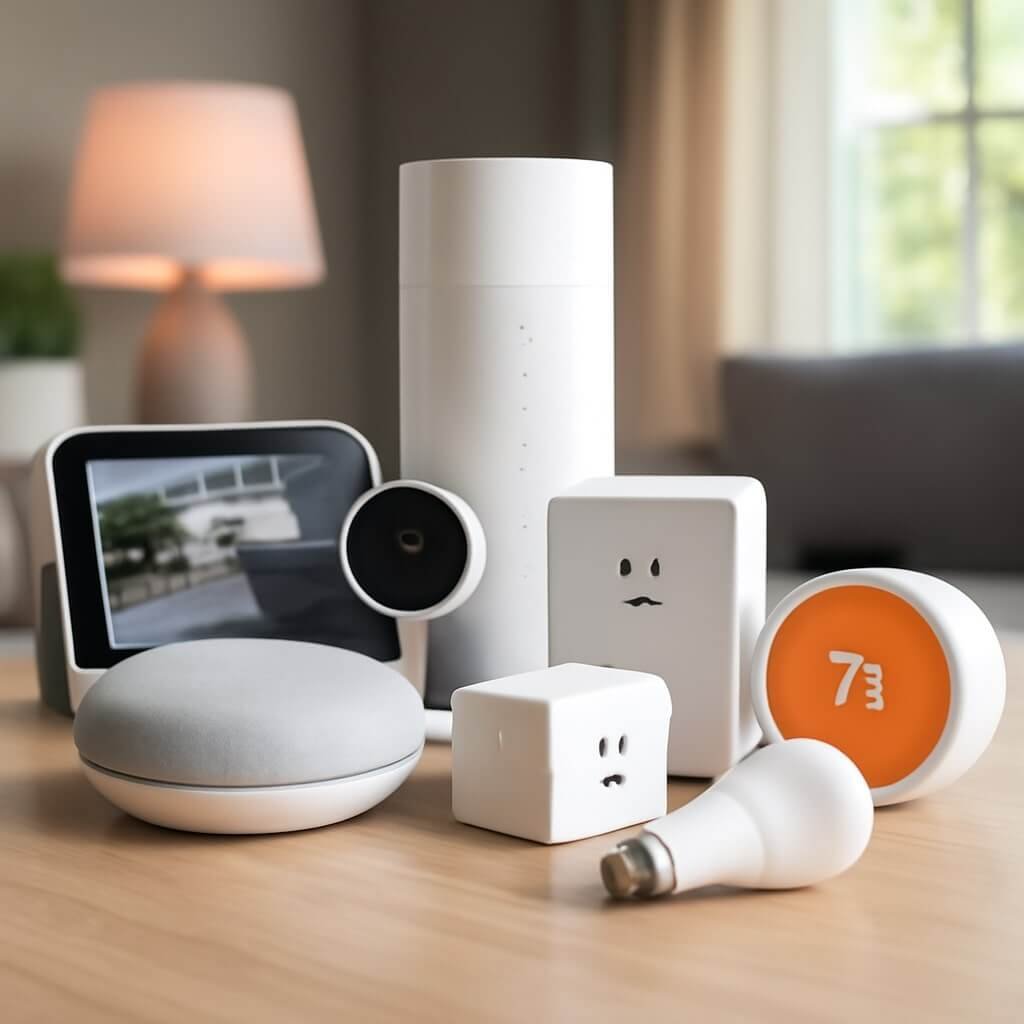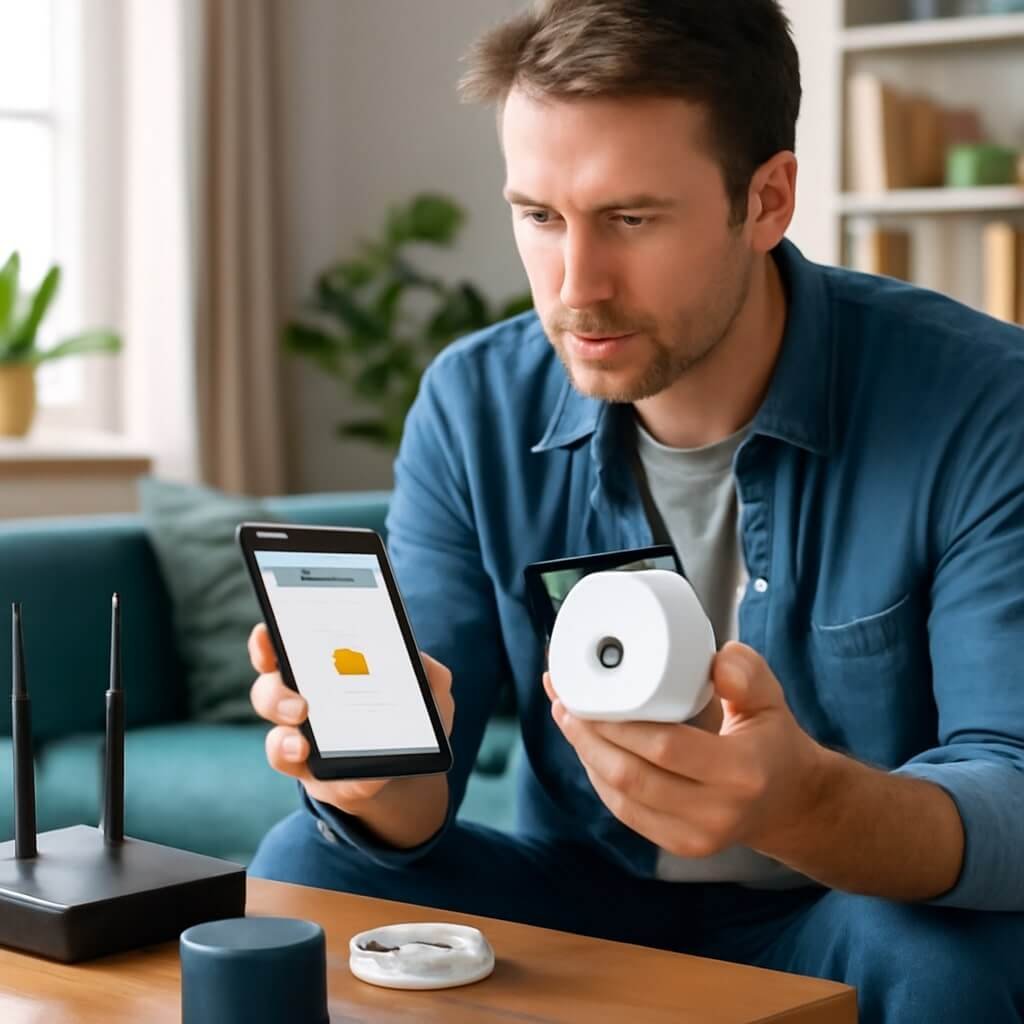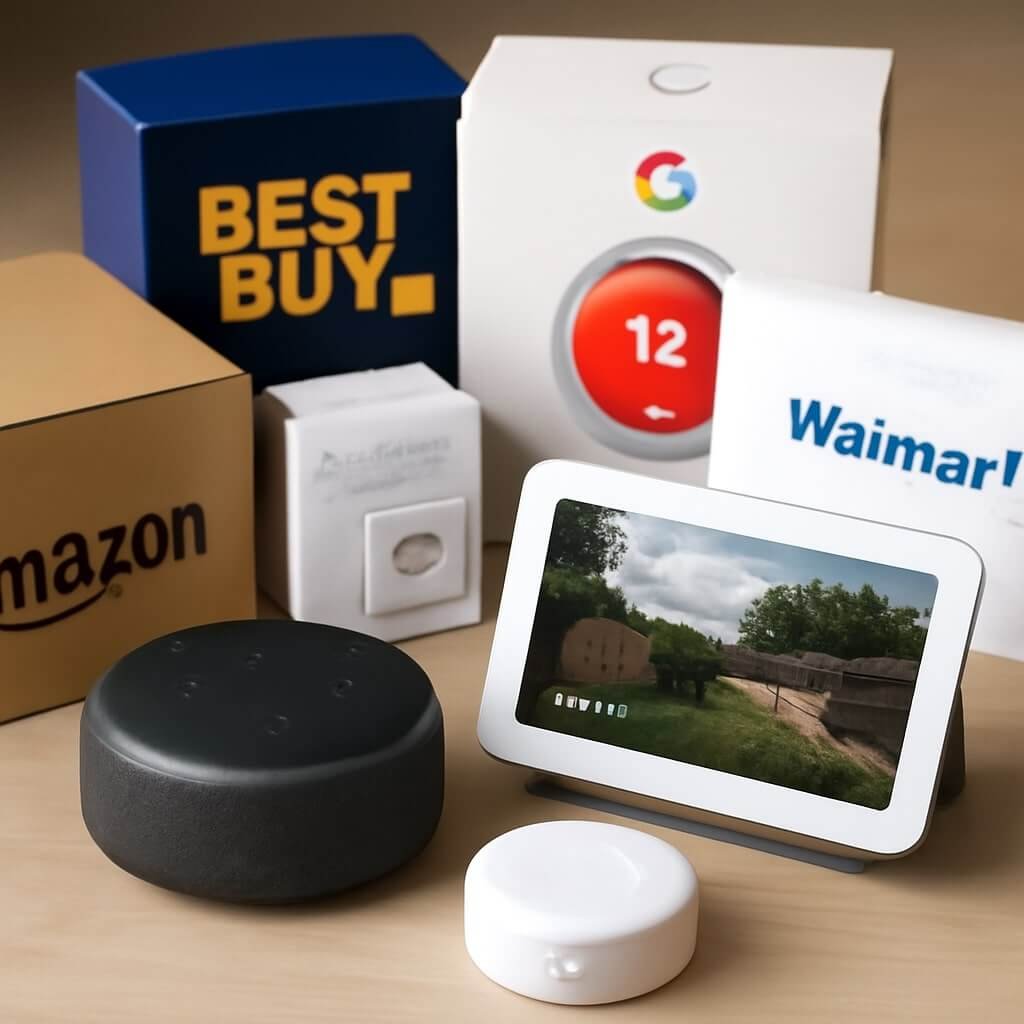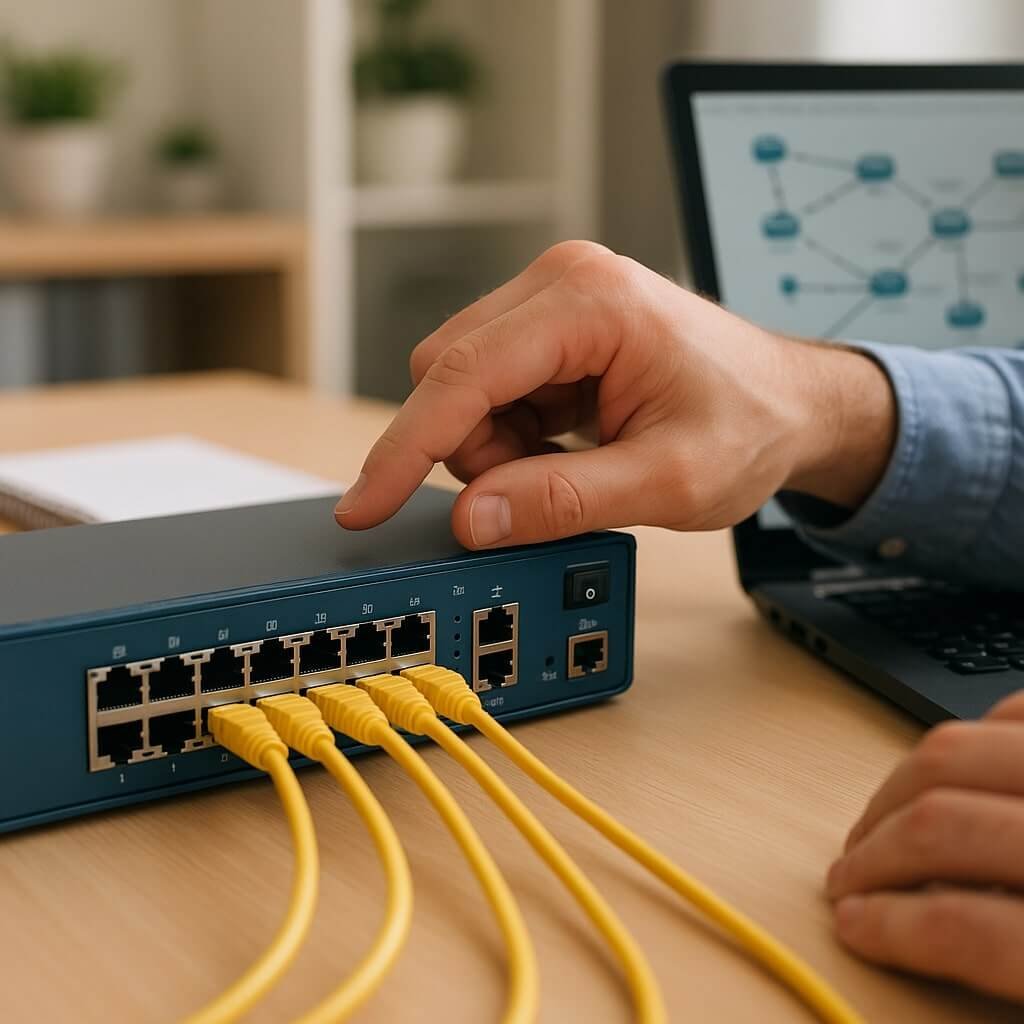Setting up your smart home devices can transform your living space into a futuristic hub of convenience and efficiency. From controlling lights with a simple voice command to enhancing your home security remotely, smart devices bring ease and sophistication to everyday living. In this guide, we’ll walk you through each step to get your smart home up and running smoothly.
Smart home devices are no longer luxury items; they’ve become essential tools that improve comfort, security, and energy management. Whether you’re a beginner or upgrading your current setup, this article will provide a clear, methodical approach to smart home integration.
Understanding Different Types of Smart Home Devices
To start, it’s crucial to understand the various categories of smart home devices. This knowledge will help you choose the right gadgets that fit your lifestyle and goals.
Smart Lighting Systems
Smart lighting is one of the most popular and accessible smart home devices. You can control brightness, colour, and scheduling through your smartphone or voice assistants. Popular brands like Philips Hue and LIFX allow you to set mood lighting for different occasions and even automate lights based on your routines.
Smart Security Devices
Security is a major driver behind smart home adoption. Devices like smart cameras, motion sensors, door/window sensors, and smart locks provide peace of mind by allowing remote monitoring and instant alerts. Brands such as Ring and Arlo have revolutionised home security with high-definition video and easy installation.
Smart Thermostats and Climate Control
Smart thermostats like Nest and Ecobee help you save on energy bills by learning your schedule and adjusting the temperature automatically. They can be controlled remotely, ensuring your home is comfortable when you arrive and energy-efficient when you’re away.
Preparing Your Home for Smart Device Installation
Before diving into installation, preparation is key. Ensure you have a stable, fast Wi-Fi network since most smart devices rely on it. Check device compatibility, especially if you’re planning to connect multiple brands or use a smart home hub.
Invest in a mesh Wi-Fi system if your home has dead zones. These systems extend wireless coverage to every corner of your space, providing a seamless connection for all your smart devices.
Step 1: Choosing the Right Smart Home Hub
A smart home hub acts as the brain of your system, coordinating devices and enabling centralised control. Popular hubs include Samsung SmartThings, Amazon Echo (Alexa), Google Nest Hub, and Apple HomePod.
When choosing a hub, consider device compatibility, ease of use, and the ecosystem (Alexa, Google, or Apple) that best fits your preferences.
Step 2: Setting Up Your Wi-Fi Network for Smart Devices
Optimising your Wi-Fi network ensures reliable connectivity. Position your router centrally, update firmware regularly, and use strong passwords to secure your network.
If you have many smart devices, a mesh network or a dedicated smart home Wi-Fi band can prevent congestion and interference, enhancing device responsiveness.
Step 3: Installing Smart Lighting
Start with smart bulbs or smart switches. Follow the manufacturer’s instructions to replace bulbs or install switches, then connect them to your hub or app. Customise schedules, dimming, and scenes to suit your lifestyle.
For example, automate your lights to turn on at sunset or flash when your security alarm is triggered.
Step 4: Configuring Smart Security Devices
Install cameras and sensors at key entry points. Use apps to set alerts, live monitoring, and integration with other devices. Test each sensor to ensure proper functioning.
Link your smart locks with security cameras to monitor who enters your home and when, enhancing your home’s safety.
Step 5: Setting Up Climate Control Devices
Mount the smart thermostat according to instructions, replacing your existing thermostat if needed. Connect to Wi-Fi and configure schedules based on your daily routine.
Many smart thermostats also offer voice control and energy reports to help you monitor and reduce energy consumption.
Step 6: Integrating Voice Assistants
Voice assistants like Amazon Alexa, Google Assistant, and Apple Siri make managing your smart home hands-free. Pair your smart devices with your chosen assistant, then use voice commands for control.
For example, say “Alexa, turn off the living room lights” or “Hey Google, set the thermostat to 72 degrees.”
Step 7: Automating Your Smart Home
Create scenes and routines that trigger multiple devices simultaneously. For example, a “Good Morning” routine might turn on lights, start your coffee maker, and adjust the thermostat.
Use apps or hubs to customise automation, making your home responsive to your habits.
Troubleshooting Common Smart Home Device Issues
If devices lose connection, try rebooting your router or devices. Ensure apps and firmware are updated. For persistent issues, reset devices or consult the manufacturer’s support.
Check for interference from other wireless gadgets and confirm your network bandwidth is sufficient.
Maintaining and Updating Your Smart Home Devices
Regular firmware updates improve security and functionality. Schedule periodic checks to clean devices and replace batteries in wireless sensors.
Stay informed about new features and best practices from manufacturer websites or trusted tech blogs.
Future Trends in Smart Home Technology
The future of smart homes involves AI-powered devices that anticipate needs, smart appliances that communicate, and enhanced interoperability across platforms.
Advances in 5G, edge computing, and home robotics promise even smarter, more intuitive homes.
Frequently Asked Questions (FAQs)
1. How many smart devices can I connect to one hub?
Most hubs support dozens of devices, but exact limits vary. Check your hub’s specifications.
2. Can I use smart home devices without Wi-Fi?
Some devices offer limited local control via Bluetooth or Zigbee, but Wi-Fi is usually required for full functionality.
3. Are smart home devices secure?
Security depends on device quality, network protection, and regular updates. Use strong passwords and enable two-factor authentication when possible.
4. Will smart home devices increase my electricity bill?
Smart devices are designed to be energy-efficient and often reduce overall energy use by optimising settings.
5. Can I integrate different brands of smart devices?
Yes, if they support common protocols like Zigbee, Z-Wave, or connect through a compatible hub.
6. What happens if my internet goes down?
Many devices retain basic functions locally, but remote access and automation requiring cloud services will be unavailable until connectivity is restored.
Conclusion and Final Tips
Setting up your smart home devices doesn’t have to be complicated. By following this step-by-step guide, you’ll create a connected environment that’s convenient, secure, and efficient. Start small, focus on devices that meet your immediate needs, and expand your system over time.
Remember, technology evolves rapidly, so stay curious and keep updating your knowledge to enjoy the best smart home experience.






